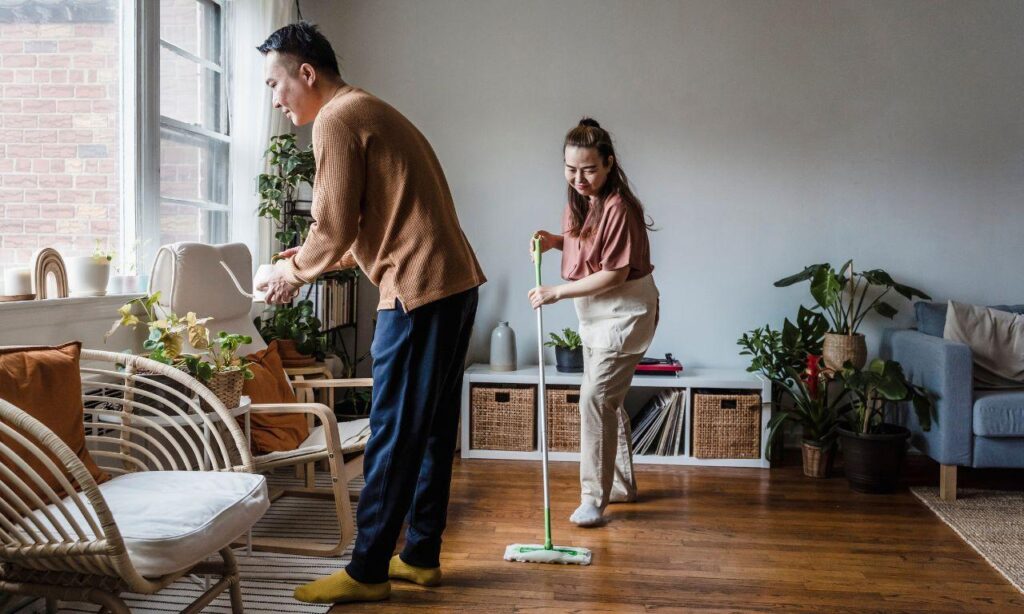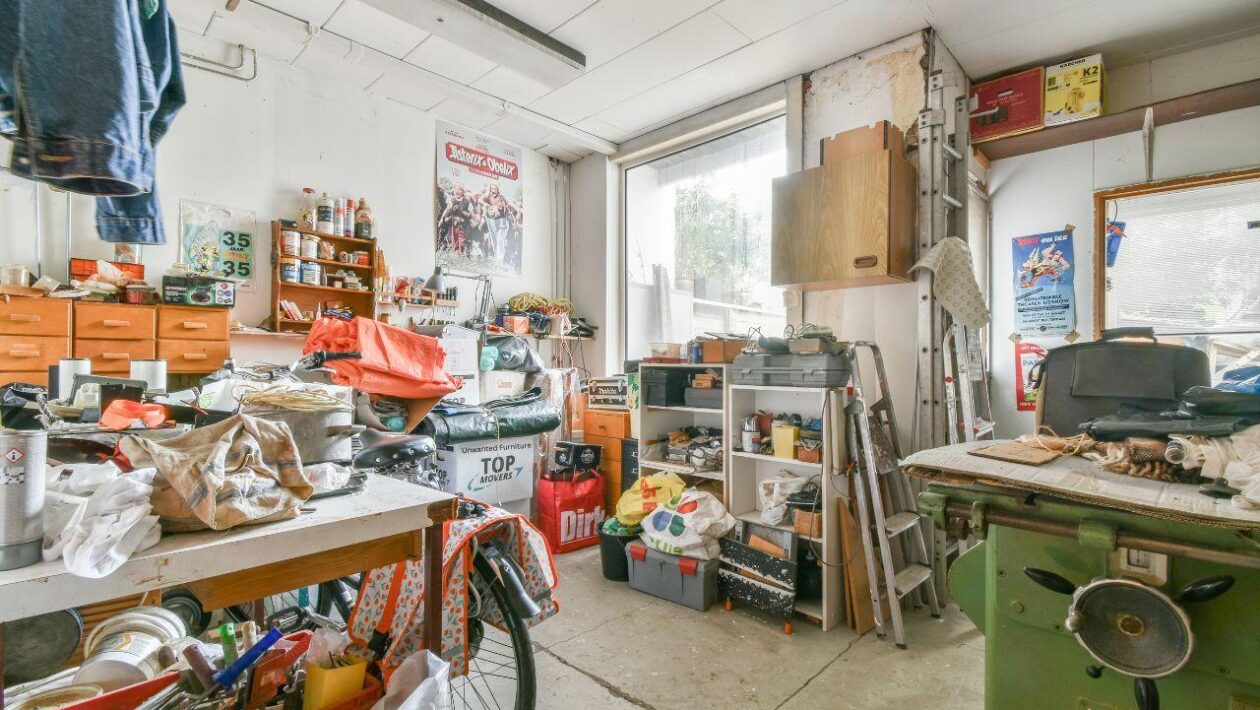Last Updated on May 12, 2025 by Kravelv Spiegel
There’s a funny thing that happens with furniture. It starts out as something you’re excited to buy—a brand-new couch, a sturdy coffee table, a bookshelf you built yourself. Then, slowly, over time, it fades into the background. One day, you notice a leg is a bit wobbly, or the fabric is sagging, or it’s been three years since anyone sat on it.
And yet, it stays.
Old furniture is one of the most common things we hang onto for far too long. Not because we need it, but because it’s there. Or maybe because it feels too hard to get rid of. Or, in many cases, because we’ve become emotionally attached.
But keeping unused, broken, or outdated furniture around can quietly drag your home down—and your energy with it. Here’s why we hold on, why it’s okay to let go, and how to do it responsibly.
The Sentimental Trap
Furniture has a way of carrying memories. Maybe that scratched coffee table was the first thing you bought after moving out of home. Maybe the faded armchair once belonged to your grandparents. Maybe your kids used to jump on that sofa when they were toddlers.
It’s completely normal to feel attached. But sentimentality doesn’t always mean usefulness.
If the item still brings you joy and serves a purpose, by all means, keep it. But if it’s become a placeholder for a memory—one that could live on through a photo, or in your mind—it might be time to consider whether it’s still worth the physical space.
Letting go of old furniture isn’t erasing the past. It’s making room for the present.
The “One Day” Mindset
A big reason people avoid dealing with old furniture is the idea that they might use it “one day.” One day when you move into a bigger place. One day when someone needs a spare bed. One day when you have time to reupholster that chair.
Here’s the reality: if it’s been more than a year and “one day” hasn’t arrived, it probably never will.
That couch in the garage? It’s not improving with age. The flat-packed desk you swore you’d fix? Still flat-packed.
Instead of letting bulky furniture take up space in your home—or worse, in your head—it may be time to look into how to dispose of bulky furniture responsibly. The options are often easier (and more sustainable) than people think.
When Furniture Becomes a Burden
Old furniture isn’t just space-hogging. It can affect the way you feel about your home. Walking past that creaky cabinet every day or constantly shifting around a table you don’t use creates friction—small but persistent reminders of clutter, undone tasks, and decisions avoided.
And in some cases, keeping old furniture can even be a hazard. Flaking paint, unstable legs, or sharp corners are safety issues, especially in homes with kids or pets.
Whether it’s sitting in the spare room, blocking the hallway, or stashed in the shed, ask yourself: is this item making life better, or just heavier?
Why Disposal Feels So Complicated
For many people, the biggest hurdle isn’t deciding to get rid of something—it’s figuring out how.
Furniture doesn’t fit in your wheelie bin. Council pickups have limited slots or tight restrictions. Selling can be a hassle if the piece is too worn or heavy to move. That leaves a lot of people stuck in limbo: ready to let go, but unsure of the next step.
The good news? There are a growing number of services, donation options, and reuse programs that make furniture removal much easier—and much more ethical.
Want to understand what really happens to waste after it’s removed? Many pieces are dismantled and sorted for recyclables, while salvageable items are donated, upcycled, or sold at second-hand depots. The landfill is a last resort for most reputable operators.
Sustainable Letting Go
If you’re concerned about where your furniture ends up, you’re not alone. More people are becoming aware of the environmental impact of waste—including bulky waste like lounges, wardrobes, and dining sets.
That’s why it’s important to:
- Separate recyclable components (metal frames, wooden panels, fabric)
- Avoid leaving items in the weather (it ruins them for reuse)
- Use professional services that sort and recycle wherever possible
- Check if local charities accept large items
Eco-conscious disposal isn’t about perfection—it’s about making a better choice than dumping things on the kerb and hoping for the best.

Alternatives to Dumping
Before you throw something out, consider its second life.
Can it be donated? Repurposed? Dismantled for parts? Sometimes a bit of creativity or research goes a long way.
- Donate: Charities, shelters, or community centres may accept clean, usable furniture.
- Sell or give away: Online marketplaces or “Buy Nothing” groups are great for passing items along.
- Upcycle: If you enjoy DIY, some pieces can be transformed into something new.
And if none of those options suit, there’s always a local solution for unwanted furniture removal without the stress—where someone else does the heavy lifting, sorts it all out, and ensures it’s disposed of the right way.
A Lighter, More Livable Space
Letting go of furniture doesn’t mean emptying your home—it means making space for the life you’re living now. It might mean opening up a room that’s been unusable. Creating a more flexible work-from-home setup. Or just getting rid of the visual noise that comes with clutter.
The best part? Once the bulky pieces are gone, the small things tend to follow. You’ll notice more breathing room, more clarity, and more appreciation for the things you choose to keep.
It’s not always easy—but it is worth it.

